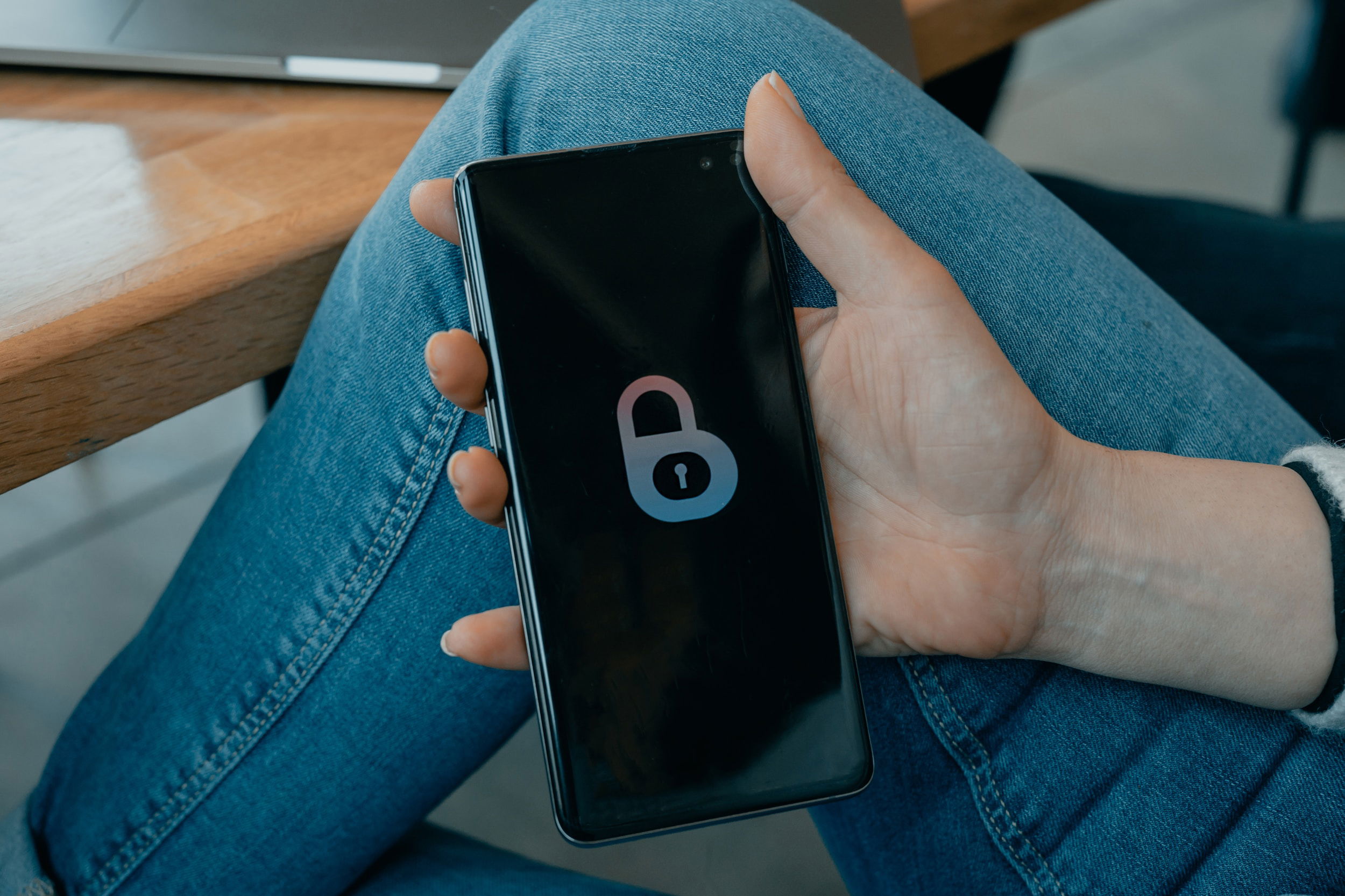Protecting Your Digital Footprint: A Comprehensive Guide to Online Privacy
In today's interconnected world, our lives are increasingly intertwined with the digital realm. From social media profiles to online shopping habits, our online presence leaves behind a trail of data known as a digital footprint. While the convenience of the digital age is undeniable, it also raises important concerns about online privacy and data security. In this comprehensive guide, we will delve into the importance of protecting your digital footprint and provide practical strategies to safeguard your online privacy.
Understanding Your Digital Footprint
Your digital footprint refers to the trail of data you create while using the internet. This includes your social media activity, online purchases, search history, and more. Here's a step-by-step guide to understanding your digital footprint:
1. Social Media Activity
Profile Information: Every piece of information you share on social media contributes to your digital footprint.
Posts and Interactions: Likes, comments, and shares also add to your online presence.
2. Online Shopping
Purchase History: Online transactions leave behind a record of your shopping habits.
Cookies and Tracking: Websites use cookies to track your online behavior and preferences.
3. Search History and Browsing
Search Engines: Your search queries are recorded by search engines and can reveal your interests.
Browser History: Websites you visit are stored in your browser history.

Protecting Your Digital Footprint
Safeguarding your online privacy requires proactive steps to minimize your digital footprint's exposure. Here's a comprehensive guide to protecting your digital presence:
1. Privacy Settings
Social Media: Review and adjust privacy settings on your social media profiles to control who can see your posts and information.
Search Engines: Adjust search engine settings to limit data collection and personalize ads.
2. Secure Connections
HTTPS: Ensure websites you visit use HTTPS encryption to protect data transmission.
Public Wi-Fi: Avoid accessing sensitive information on public Wi-Fi networks.
3. Two-Factor Authentication (2FA)
Strong Passwords: Use unique, strong passwords for each online account.
2FA: Enable two-factor authentication for added security.
4. Regular Updates
Operating Systems: Keep your devices' operating systems, apps, and software up to date.
Security Software: Install and update reliable antivirus and anti-malware software.
5. Browser Privacy
Cookies and Cache: Regularly clear cookies and cache from your browser.
Private Browsing: Use private browsing modes to prevent your browsing history from being stored.
Educating Others
Part of protecting your digital footprint involves educating family members, especially children, about online privacy. Here's how:
1. Open Communication
Online Safety Talks: Discuss the importance of online privacy and potential risks.
Social Media Etiquette: Teach responsible sharing and the impact of digital actions.
2. Parental Controls
Device Restrictions: Use parental control settings to limit children's access to certain content.
Safe Browsing: Set up safe browsing filters to prevent exposure to inappropriate content.

Conclusion
In a digital era where personal information is more accessible than ever, protecting your digital footprint is paramount. By understanding the nature of your digital presence, adopting proactive privacy measures, and educating yourself and others, you can safeguard your online privacy and enjoy a more secure digital experience. Remember that maintaining control over your digital footprint empowers you to navigate the digital landscape confidently while preserving your personal information.
Sources:
- Federal Trade Commission. "Online Security." https://www.consumer.ftc.gov/topics/online-security
- NortonLifeLock. "Your Digital Footprint: What It Is and How to Protect Yourself." https://www.nortonlifelock.com/cybersecurity/identity-theft/what-is-digital-footprint
- Common Sense Media. "Protecting Kids' Privacy Online." https://www.commonsensemedia.org/privacy-and-internet-safety/protecting-kids-privacy-online
- Stay Safe Online. "How to Protect Your Digital Footprint." https://staysafeonline.org/stay-safe-online/protect-your-personal-information/protect-your-digital-footprint/
- U.S. Department of Homeland Security. "Stop.Think.Connect. Online Privacy Tips." https://www.dhs.gov/stopthinkconnect-online-privacy-tips